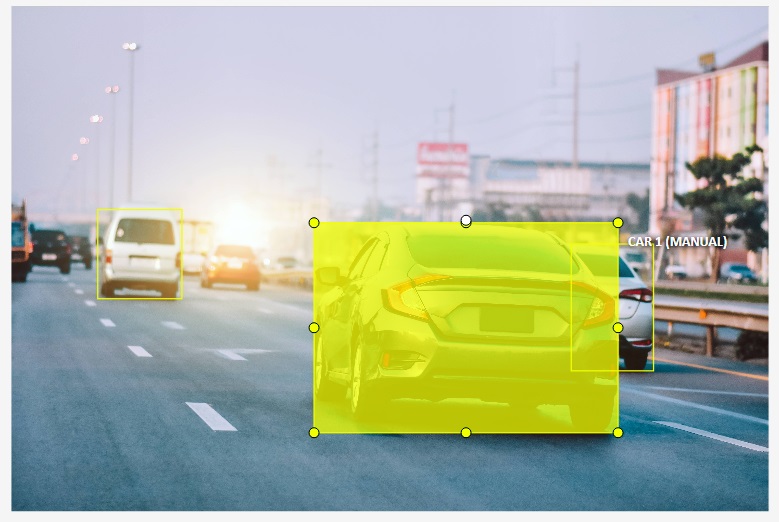What is Labeling? How It Looks and Why It’s Essential in the World of AI
What is Labeling? How It Looks and Why It’s Essential in the World of AI
In today’s AI-powered world, behind every intelligent system is a massive collection of labeled data. Whether you’re training a chatbot to understand language or teaching a self-driving car to recognize pedestrians and traffic lights, data labeling plays a vital role.

What is Labeling?
Labeling, in the context of artificial intelligence (AI) and machine learning (ML), refers to the process of identifying raw data and annotating it with meaningful information. The purpose is to help machines “understand” the data and make informed decisions.
Think of labeling as teaching by example. If you show a machine thousands of images of cats and dogs, but only tell it which ones are cats and which ones are dogs, it will begin to learn how to distinguish between them. That’s what labeling does—it gives context and meaning to data so that machine learning models can learn from it.
Labeling is a critical step in supervised learning, the most commonly used ML approach. It applies to all types of data:
-
Image and video data (e.g., labeling vehicles or road signs)
-
Text data (e.g., tagging emotions, product categories, or spam indicators)
-
Audio data (e.g., identifying spoken words or background noise)
Without labels, machines would have no way to understand what they’re seeing, hearing, or reading.
How Does Labeling Look?
The type of data and the application determine how it is labeled. Here are a few common forms:
1. Bounding Boxes
Rectangular boxes are drawn around objects in images, like cars, people, or traffic signs. Autonomous vehicles and surveillance systems often use this technology.
2. Polygon Annotation
Instead of simple boxes, this involves drawing precise outlines around irregular objects—useful when high accuracy is needed, such as identifying buildings or roadways in satellite imagery.
3. Landmark Annotation
Specific key points are marked on an object—commonly used in facial recognition or motion tracking. For example, mapping the eyes, nose, and mouth of a face.
4. Semantic Segmentation
Every pixel in an image is labeled with a category, such as “sky,” “road,” or “tree.” This is used in advanced visual AI systems.
5. Text Labeling
This includes tagging keywords, phrases, or entire sentences with sentiment, intent, named entities, or language classification. Commonly used in chatbots, search engines, and spam filters.
6. Audio Labeling
Segments of audio files are labeled with relevant information, such as speakers, background noise, or spoken words. Speech-to-text software and voice recognition systems are supported.
The labeling process can be manual, semi-automated, or fully automated, depending on the complexity of the task and the tools used.
Why is Labeling Needed?
A successful machine learning process begins with labeling. Here’s why it’s so crucial:
1. Improves Model Accuracy
Labeling ensures that machine learning models are trained with clear, high-quality data. The better the labels, the more accurate the model’s predictions.
2. Provides Context
Machines don’t “understand” data the way humans do. In order for AI to recognize patterns and relationships, labels provide context and meaning.
3. Reduces Errors
A well-labeled dataset helps minimize false positives and false negatives, leading to more reliable outcomes in real-world applications like medical diagnostics or fraud detection.
4. Enables Better User Experience
Whether it’s personalized recommendations, accurate search results, or responsive voice assistants, labeled data is what powers these intelligent features.
5. Scalability of AI Applications
With a solid base of labeled data, businesses can build, scale, and improve AI systems faster and more efficiently.
In short, labeling transforms raw, unstructured data into something that machines can interpret and act upon intelligently.
Final Thoughts
Labeling might seem like a behind-the-scenes task, but its impact is front and center in today’s AI revolution. It bridges the gap between unprocessed data and smart, responsive technologies. Without proper labeling, even the most powerful AI algorithms would be directionless.
As businesses and industries increasingly adopt AI, the demand for high-quality labeled data will only grow. Whether you’re building models for healthcare, e-commerce, automotive, or finance, accurate labeling is the key to success.
Looking for expert labeling solutions?
Outline Media Solutions (OMS) provides professional data annotation services across images, videos, text, and audio. With years of experience, a skilled team, and a commitment to accuracy, Outline Media Solutions helps businesses build reliable AI systems efficiently and securely.


